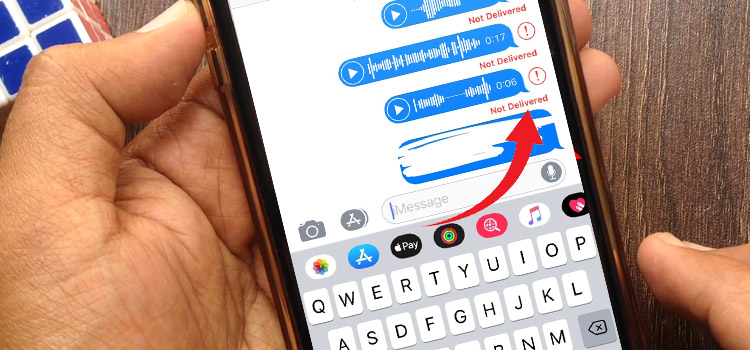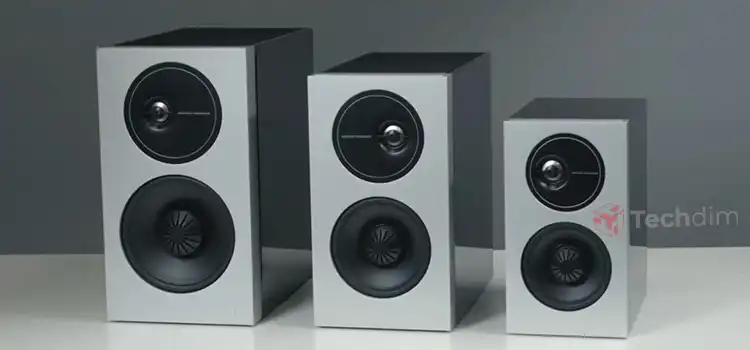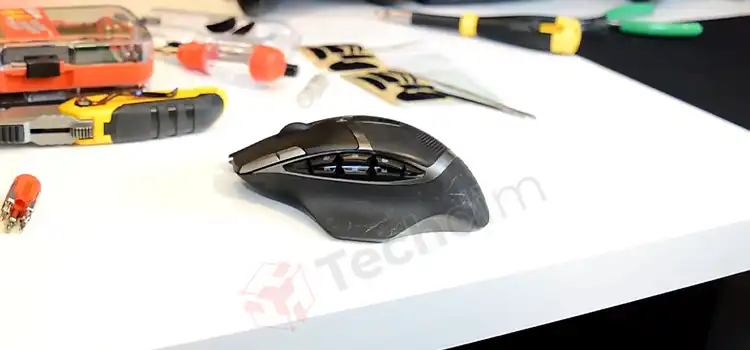Can Fiber Optic Cables Get Wet? Is It Possible?
As I drive around town installing fiber optic cables for customers, one question I get asked a lot is whether the fiber optic cables get wet or not. After all, we do have to bury cables underground and run them through all sorts of environments. It’s a fair thing to wonder about.
Well, the short answer is yes – fiber optic cables can get wet to some extent without issues. But you do have to be careful, as too much water exposure can cause major problems over time. In this article, I’ll go over everything you need to know about water and fiber cables – are they waterproof, what happens if they get wet, and how to prevent problems.

Are They Waterproof?
While fiber optic cables have some moisture resistance properties, they cannot be considered fully waterproof. The glass fibers at the core are vulnerable to damage when unprotected, and the cable jackets and connector joints provide openings where water molecules can intrude over time.
Inside the cable, the individual fiber strands are coated in a watertight oil paste filling and a plastic buffer layer as the first line of defense. So some small water exposure doesn’t immediately impact performance. However, with enough wetness penetrating the glass fiber itself, issues begin to occur. Prolonged humidity and soaking degrades the structural protections.
In particular, the plastic coating that gives each fiber its mechanical protection becomes brittle and cracked after extensive swelling from moisture absorption. This drastically lowers its durability and resistance to bending forces. Fibers with compromised buffer coatings are much more prone to stress fractures and breakage.
Special waterproofed cable versions utilize flooding compounds or impermeable barriers to achieve enhanced water resistance for challenging environments. But these are only built to withstand occasional wetness or spray – not continuous submersion. No standard cable type enables permanent underwater use. Their protection breaks down over time.
What will Happen If Optic Cables Get Wet?
If fiber cables get wet, a few different types of damage can occur over time:
1. Stress Corrosion
Even microscopic flaws in the glass fiber surfaces interact with water molecules to cause “stress corrosion” the breakdown of bonds in the material. This is accelerated by any bending or torsion stress on the cable.
Moisture allows the growth of cracks that steadily weaken the fiber until it splits apart. This process severely degrades performance and increases attenuation over weeks or months of exposure.
2. Absorption Losses
Water also enables OH- ions to build up inside the fiber over time. These ions absorb light energy at key wavelengths used for fiber optic transmission, causing additional loss and data errors.
Historical fiber cable deployments even had to be replaced due to excess absorption in early material that wasn’t properly hydroxyl ion-resistant!
3. Freezing Damage
In cold climates, water penetration takes on an additional threat – expansion during freezing.
Ice forming inside microscopic cracks and fissures applies tremendous pressure on the glass fiber, causing complete fractures or shattering with only a few freeze/thaw cycles. This quickly destroys the cable’s ability to transmit data without any hope of recovery.
4. Connection Failures
One of the most common issues caused by wet cables is connection problems.
Moisture corrodes and degrades the highly sensitive alignment of fibers joined at splices, connectors, and couplers. It also damages electronic components in active fiber optic gear. This leads to significantly increased data errors or even total link failures.
Preventive Measures: While Installing Fiber Cable
Clearly, moisture and fiber optics don’t mix well! Here are some key ways you can prevent problems from water damage when installing or protecting fiber cable runs:
1. Choose High-Quality Cables
Select cables from reputable manufacturers that offer water-resistant designs with robust flooding compounds, barriers, and moisture-blocking buffers. Seek out cables rated for direct burial and wet environments. These withstand moisture better and longer before issues occur.
2. Wrap Cables in Waterproof Layers
In areas prone to rain, flooding, or groundwater exposure, encase above and below-ground cables in waterproof protective coverings as an extra barrier. PVC conduit piping, waterproof tape, or other wrappings prevent direct water contact with the cable jacket.
3. Fully Seal Splice Points
The use of waterproof splice enclosures rather than basic covers is highly recommended. Special sealing compounds at termination points also waterproof these vulnerable moisture access points into the fiber internals.
4. Treat Burial Sites and Pathways
Apply specialized waterproofing compounds along the buried cable route during installations to repel subsurface water for better asset preservation. Careful site drainage and ventilated conduit design prevents moisture buildup.
For submarine cables, specialized waterproofing is essential to withstand continuous water exposure. This includes a multi-layer radial moisture barrier wrap of waterproof tape, reinforced metal shielding, and protective polymer coatings around the fiber optic core. Longitudinally, internal water-blocking compounds fill the spaces within the cable to prevent diffusion into the center. Robust armoring and barriers on all sides keep seawater fully isolated from the vulnerable glass fibers. Strict waterproofing protocols must be followed for reliable underwater cable lifespan.
5. Perform Regular Inspections
Proactively inspect cable runs and enclosure integrity frequently looking for any signs of cracks, damage, or moisture ingress issues. Catch problems early before cascading and irreparable damage occurs.
By taking the above planning and proactive maintenance steps, you can minimize headaches from wet cables. Protect critical infrastructure against environmental and subterranean moisture for great long-term fiber performance.
Subscribe to our newsletter
& plug into
the world of technology





